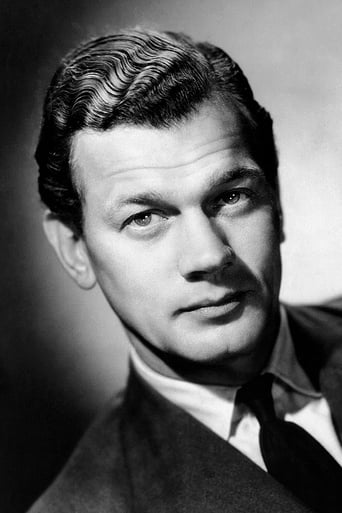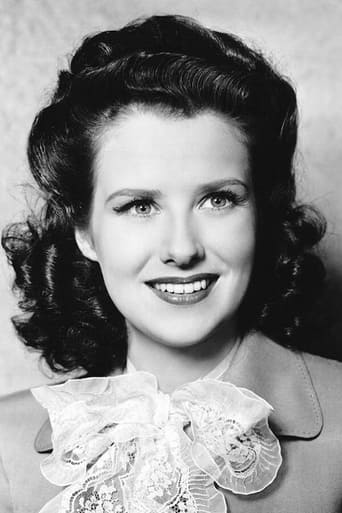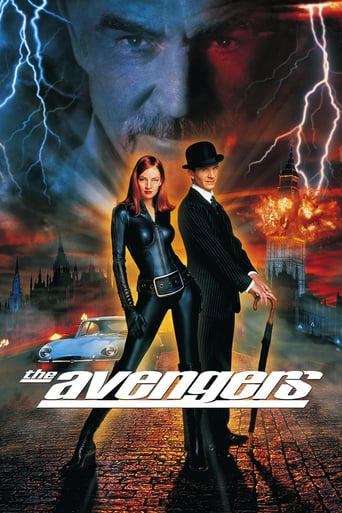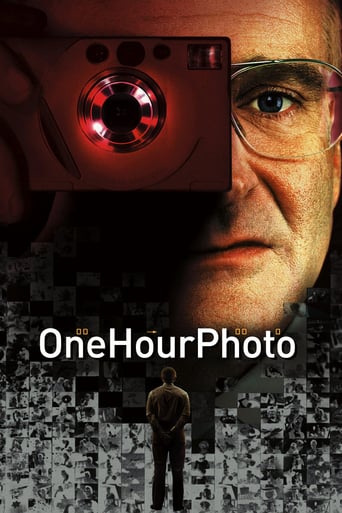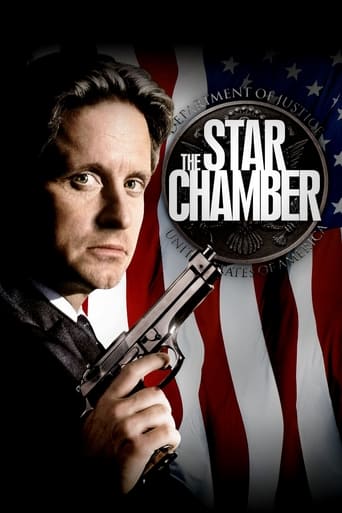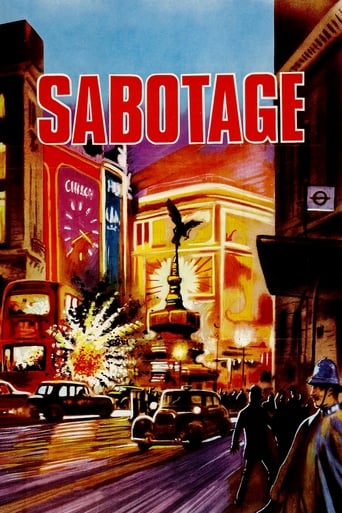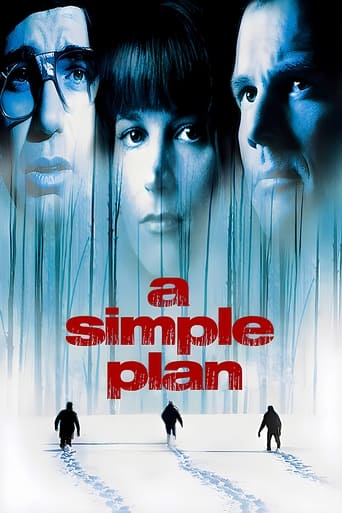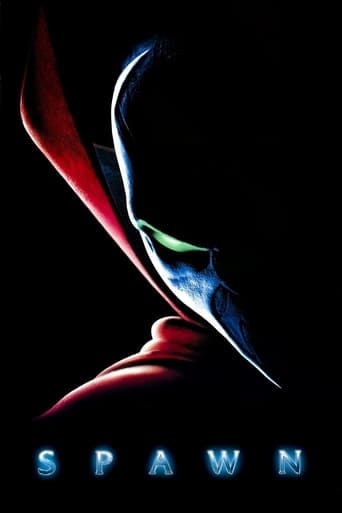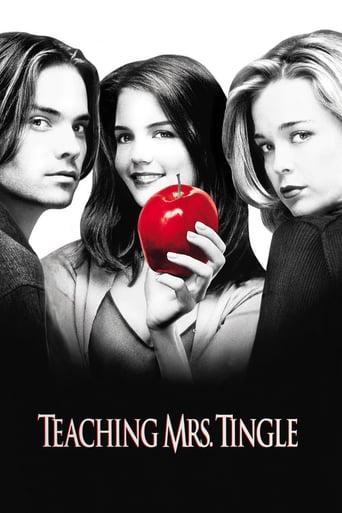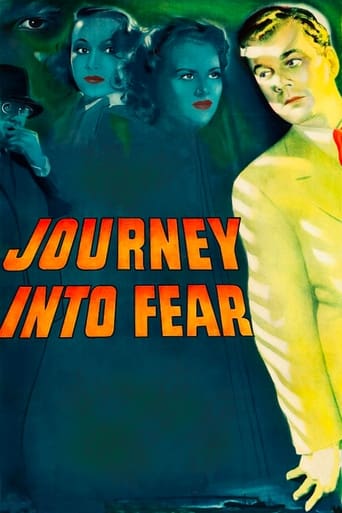

Journey into Fear (1943)
An American ballistics expert in Turkey finds himself targeted by Nazi agents. Safe passage home by ship is arranged for him, but he soon discovers that his pursuers are also on board.
Watch Trailer
Cast


Similar titles
Reviews
good back-story, and good acting
Story: It's very simple but honestly that is fine.
The movie turns out to be a little better than the average. Starting from a romantic formula often seen in the cinema, it ends in the most predictable (and somewhat bland) way.
The film never slows down or bores, plunging from one harrowing sequence to the next.
Joseph Cotten (Howard Graham), Dolores Del Rio (Josette), Ruth Warwick (Stephanie Graham), Orson Welles (Colonel Haki), Everett Sloane (Kopenkin), Agnes Moorehead (Mrs Matthews), Frank Readick (Matthews), Jack Durant (Gobo), Eustace Wyatt (Dr Haller), Edgar Barrie (Kuvetli), Jack Moss (Banat), Hans Conried (magician), Stefan Schnabel (purser), Richard Bennett (captain), Shifra Haran (Mrs Haller), Robert Meltzer, Herbert Drake, Bill Roberts (stewards), Ivan Lebedeff (headwaiter), Frank Puglia (Haki's aide), Torben Meyer, Alex Melish (waiters), William Yetter, senior (driver), Irene Tedrow (Greek woman), George Sorel (hotel desk clerk), Harry Semels (man in night club), Edward Howard, Robert Willey (men).Directors: NORMAN FOSTER, ORSON WELLES. Screenplay: Joseph Cotten, Orson Welles, Ben Hecht, Richard Collins. Based on the 1940 novel by Eric Ambler. Film editor: Mark Robson. Photography: Karl Struss. Supervising art director: Orson Welles. Art directors: Albert S. D'Agostino and Mark-Lee Kirk. Set decorators: Darrell Silvera and Ross Dowd. Costumes designed by Edward Stevenson. Special effects: Vernon L. Walker. Music: Roy Webb. Music director: Constantin Bakaleinikoff. Song, "Three Little Words" (sung mostly in Turkish), by Bert Kalmar (lyrics) and Harry Ruby (music). Technical adviser: Eugen Sharin. Assistant director: Dewey Starkey. Sound recording: Bailey Fesler, Richard Van Hessen. Sound re-recording: James G. Stewart. RCA Sound System. Associate producer: Jack Moss. Producer: Orson Welles. Executive producer: George J. Schaefer. Copyright 12 February 1943 by RKO-Radio Pictures, Inc. A Mercury Production. New York opening at the Palace (as the main attraction on a double bill with Silver Skates): 18 March 1943. U.S. release: 12 February 1943. U.K. release: October 1943. Australian release: 11 February 1943. Sydney opening at the Mayfair: 5 February 1943. Australian length: 6,508 feet. 72 minutes. U.S. release length: 68 minutes. SYNOPSIS: A not over-bright American businessman tangles with Nazi spies in the Balkans.NOTES: The above details apply to the second (definitive) version of the film cut by Orson Welles. A first version was released on 7 August 1942. Welles re-cut the last scene on the hotel balcony and added a letter-reading framework. COMMENT: Despite Foster's name on the credits, this is a Welles film through and through. The climax is a real stunner and Jack Moss' performance as the silent assassin is absolutely chilling. This is his only on-camera appearance. A pity. He makes a marvelous menace. (He produced a few films including The Shepherd of the Hills in 1941). Eustace Wyatt also makes quite an impression as Haller/Muller, and Delores Del Rio, as usual, is wonderfully exotic. Prefiguring his role in "The Third Man", Joseph Cotten makes his bumbling American abroad utterly convincing. Attractively low-key photography, plus impressive sets, contribute effectively to the film's broodingly suspenseful atmosphere.
The plot to "Journey Into Fear" is not a complicated one...but it seems to make the most of it. When the story begins, Howard Graham (Joseph Cotten) is in Istanbul on business and anticipates leaving the country in the morning. However, a simple night out with a man who also works for Graham's company turns into a murder...and the intended victim appears to have been Graham but as luck has it he was spared. But the local secret police chief (Orson Welles) insists that to protect Graham he'll send him out of the country by slow boat instead of the train in order to avoid Nazi agents. Unfortunately, the Nazi agents anticipated this and soon Graham finds himself aboard a boat filled with murderers. Can he possibly survive?The story is rather simple but with a rousing ending and nice camera work it makes the absolute most of what it's got. Well worth seeing and a nice example of simplicity making for a nice picture.
The American ballistic expert and naval engineer Howard Graham (Joseph Cotton) is traveling with his wife Mrs. Stephanie Graham (Ruth Warrick) to Batumi by train. They stop in Istanbul to meet Kopeikin (Everett Sloane), who is the armaments representative of Graham's company, and he takes Graham to a nightclub to discuss business. Kopeikin introduces the dancer Josette Martel (Dolores Del Rio) to him and during the show, the magician invites Graham to go to the stage. The killer Banat (Jack Moss) tries to kill Graham, but hits the magician instead. Graham is forced to go to the Turkish police and Colonel Haki (Orson Welles) from the secret service shows him photograph of Banat, who has been hired by the Nazi Muller (Eustace Wyatt) to kill him. Haki asks Graham to travel to Batumi by steamship since it would be a safer trip. However, Graham stumbles over Banat and Muller, in the beginning of his journey into fear."Journey into Fear" is a deceptive classic with an entertaining spy story. With the names of Orson Welles, Joseph Cotton and Dolores Del Rio, any viewer would expect a great classic but the result is a disappointing plot. My vote is six.Title (Brazil): "Jornada do Pavor" ("Journey into Fear")
Well it says Journey Into Fear was directed by Norman Foster, but many sources say it was actually Orson Welles who directed it. Possible of course since this Mercury Theatre production was produced, co- written {with co-star Joseph Cotton} and starred big Orson himself. But wait! Welles is on record as saying he did no directing on the film and it was his friend Foster in the chair. Except for Welles' own scenes which were directed by anyone handy since they were rushing because Welles was due in Brazil to film It's All True! There has also been re-cuts by Welles, added scenes and a narration at the beginning and end that has been and gone over the years. It's all appropriate confusing conjecture tho since the film itself has a strange quirkiness nestling within its arresting visuals.The story is based on Eric Ambler's highly regarded spy thriller, and sees Howard Graham {Joseph Cotton} as an American engineer, who after a conference in Turkey finds that someone is trying to kill him. We are then thrust into a murky world of espionage where everybody, their motives, and their identities are suspect. Graham is the classic innocent man abroad, we the viewers, as well as everyone in the story but Graham, knows more than he does! I bet Hitchcock loved this film for it be right up his alley. The majority of the film takes place aboard a cramped dilapidated liner, this gives off a wonderfully claustrophobic feel to proceedings. The stifling nature further enhanced by the fact that 99% of the film is set at night time, with Karl Struss' photography utilising shadows and exuding an almost bizarre menacing sheen. There's some nice technical Welles trademarks in here, such as crane shots {the opening scene is moodily awesome} and Welles' well publicised love of magic is given a cute nod during one particularly impacting sequence.Along side Cotton the cast contains solid performers like Dolores del Rio, Everett Sloane, Ruth Warwick and Agnes Moorehead. But it's Cotton who rightly makes the big impact. Understated and quiet, his Howard Graham infuriates with his inability to grasp what is going on, or to act at times when it clearly calls for the swift clank of brain being put into gear. A real smart bit of casting here from Foster, Welles or whoever! Journey Into Fear, for texture and technical composition belongs in the film-noir genre, certainly as far as the early cycle goes. But really it's a film for the general cinema purists, at times brilliant, at others chaotic, it remains engrossing from start to finish. See it if you can. 8/10


